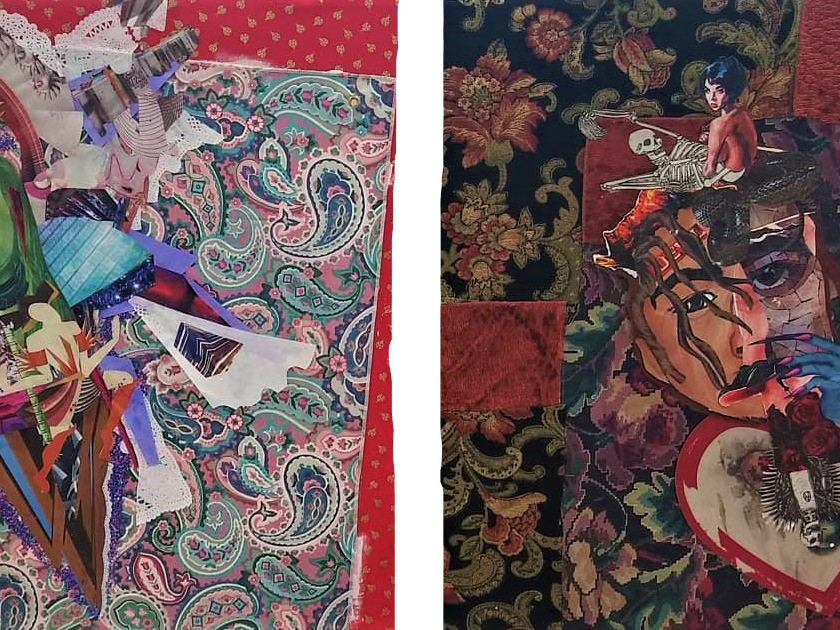Although my own narrative is almost irrevocably woven into my work, this work is not about me. This is about so much more than just my own narrative, or the insistence that trauma narratives matter in general. This is about the long line of women who have come before me, on whose shoulders I stand. This is about the women that will come after me, about those who will stand on my shoulders in return. This is about the history of female-specific victimization in art and the future of art about said victimization. This is about forcing the viewer to care in a world over-saturated with things to care about. This is my interior scroll, I will make you look at the personal clutter, the persistence of feelings.
There has been a long history of artists, particularly female artists, being dismissed for having work that is “too emotional” or “personal narrative”. I’ve been told “that’s not fine art, that’s art therapy” and “no one is going to care how you feel, they’re only going to care what you think.” This culture around removing the artist from the art is conveniently happening right when a lot of people who have been excluded and dismissed are finally starting to make work about their own exclusion and dismissal.
To defend my thesis, I could cite research all day. Of course I’ve been reading Nochlin and Berger, of course I’ve been studying Ana Mendieta, Yoko Ono, Carolee Schneemann, Kiki Smith, Artemisia Gentileschi, the list goes on and on. However, no amount of citing my sources could replace the big “so what” that every thesis tries to answer.
You want to ask me “so what?” My answer to that is that women have been making work about systematic abuse and normalized psychological, physical, and sexual violence, and that work has been been met in response only with “so what?” for too long.








